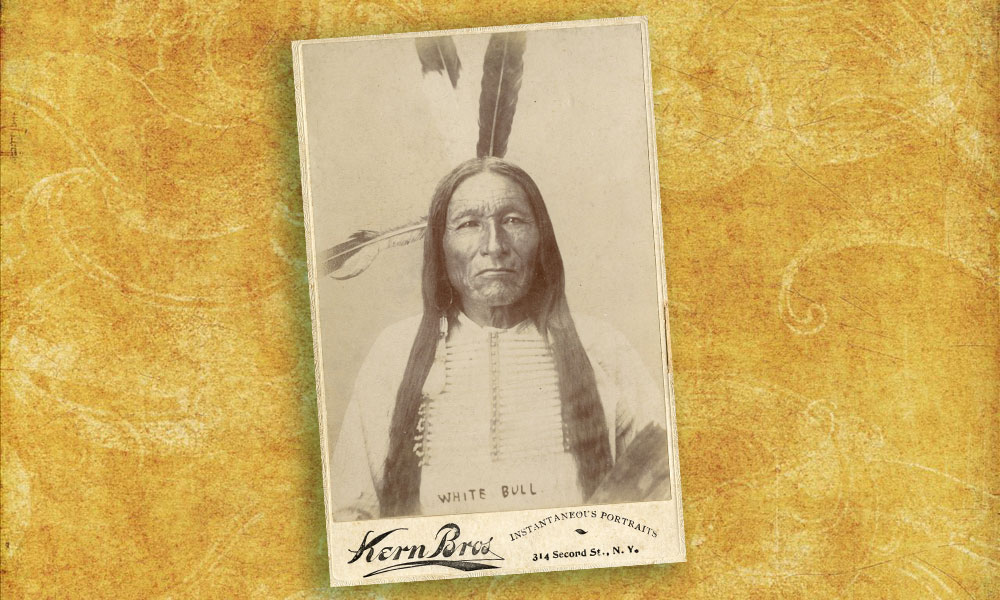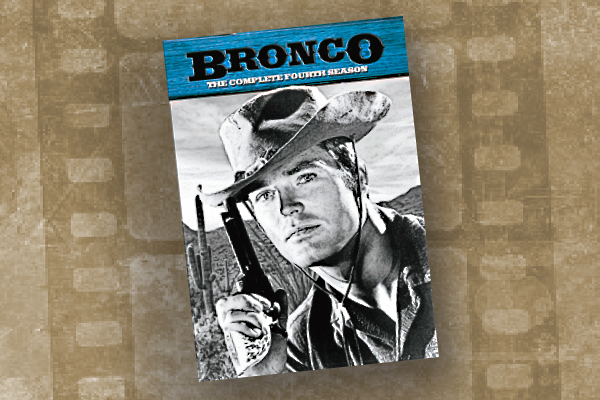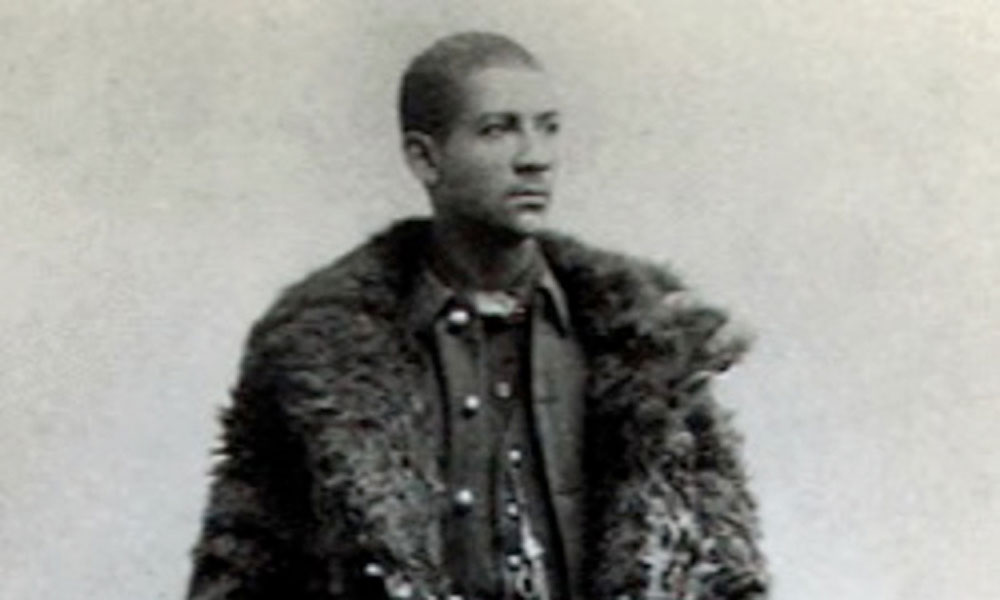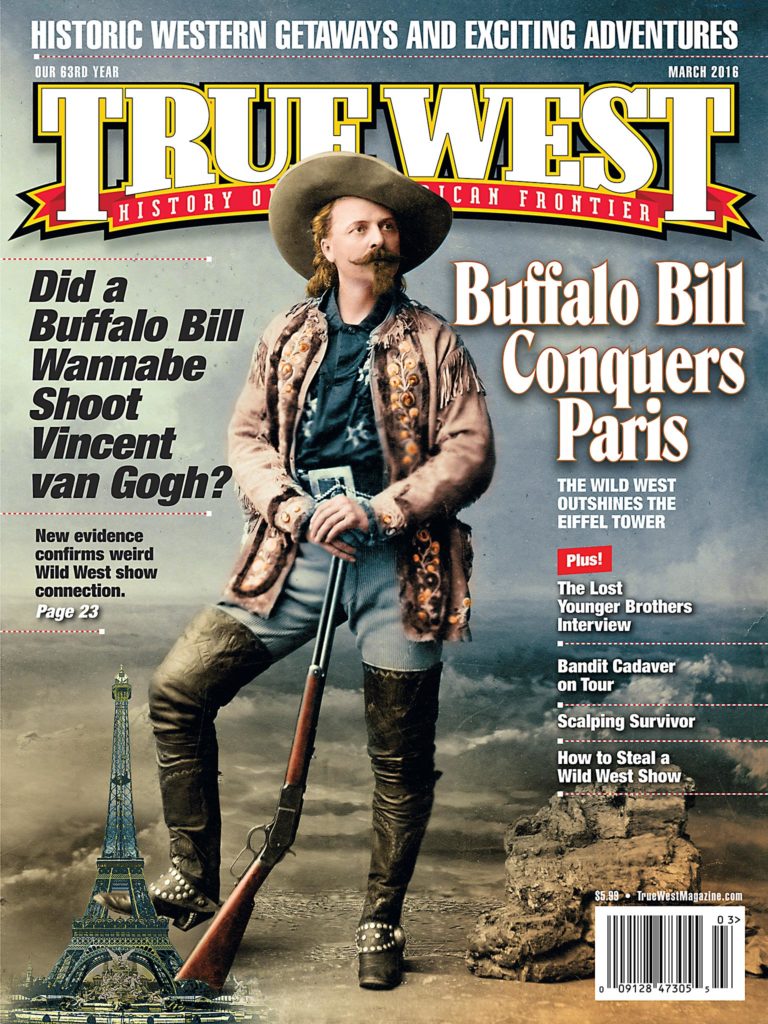
In the last seconds of his life, Col. George Armstrong Custer tried to bite off the nose of the warrior who was killing him. It was June 25, 1876 at the Battle of the Little Big Horn.
Joseph White Bull was a 26-year-old warrior that day, the nephew of Sitting Bull, and he’d recall his famous kill in both a “ledger book” written in the 1930s for North Dakota Congressman Usher Burdick, and the story he told historian Walter Stanley Campbell, who wrote under the name Stanley Vestal.
As White Bull told it, “I charged in. A tall, well-built soldier with yellow hair and mustache saw me coming and tried to bluff me, aiming his rifle at me without shooting. I dodged it. We grabbed each other and wrestled there in the dust and smoke. It was like fighting in fog. This soldier was very strong and brave. He tried to wrench my rifle from me.. I lashed him across the face with my quirt [riding whip], striking the coup [meaning the warrior scored honor points by touching his enemy.] He let go, then grabbed my gun with both hands until I struck him again. But the tall soldier fought hard. He was desperate. He hit me with his fist on the jaw and shoulders, then grabbed my long braids with both hands, pulled my face close and tried to bite my nose off. I yelled for help: ‘hey, hey, come over and help me!’ I thought that soldier would kill me.”
Historian James H. Howard, who headed the translation of White Bull’s ledger book in 1960 under a grant from the University of North Dakota, concluded this warrior was “our most likely candidate” as the one who killed Custer. That ledger book is now a treasure of the Special Collections section of the UND library. And White Bull had another distinction of note: In 1926, he was chose as the “Representative of the Red Race” who dramatically led Indian warriors onto the battlefield for the Golden Anniversary ceremony of the Battle of the Little Big Horn.





